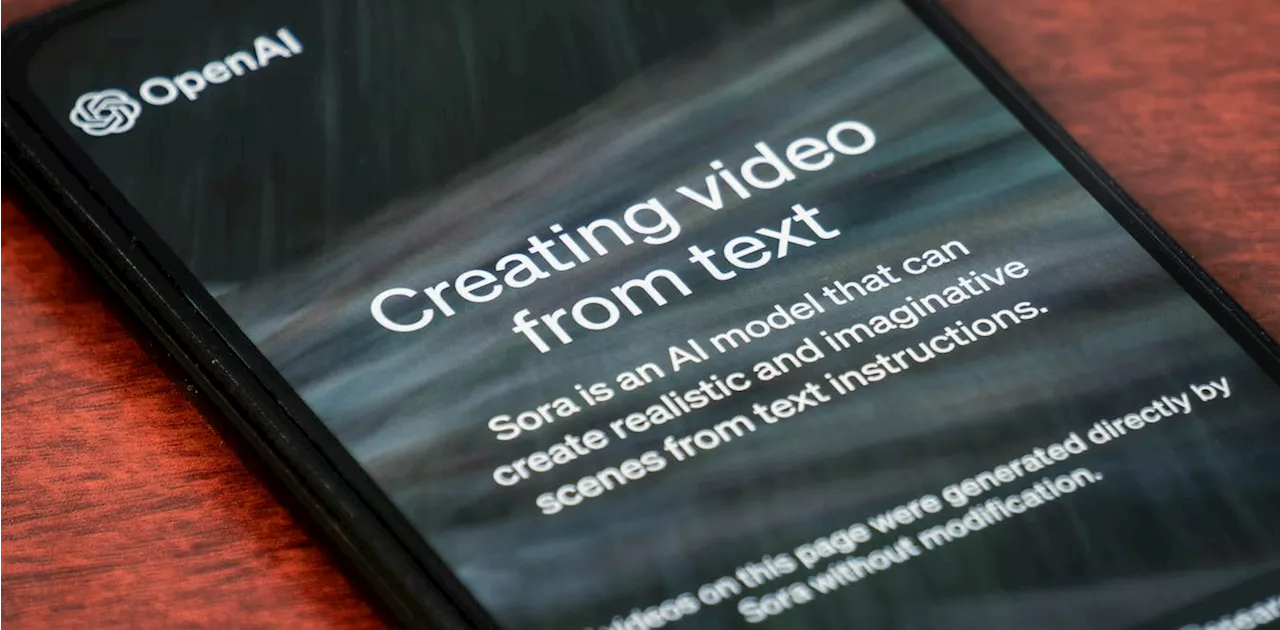As with any technological advancement, professionals will need to adapt and find ways to integrate Sora into their workflows, leveraging its strengths to complement their own skills and creativity.
OpenAI’s new generative Sora tool has sparked lively technology discussions over the past week, generating both enthusiasm and concern among fans and critics.
Although no official release date has been announced, Sora will likely be available to the public in the coming months, judging by OpenAI’s typical pattern of public releases. For now, it’s only available to experts and a few artists and filmmakers. Sora uses a combination of deep learning, natural language processing and computer vision to achieve its capabilities.
What does this mean for businesses? One of the most noteworthy aspects of Sora is its flexibility, as it supports various video formats and sizes, enhances framing and composition for a professional finish, and accepts text, images or videos as prompts for animating images or extending videos. The ability to generate custom videos based on textual prompts will allow for greater creativity and personalization, possibly helping brands stand out in a crowded market.
Sora could also significantly reduce the uncertainty associated with online shopping by facilitating virtual try-on experiences, allowing customers to visualize how a product, such as clothing or accessories, would look on them without the need for a physical fitting. This, in turn, could result in a better return on investment.
